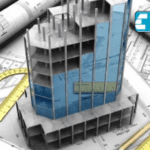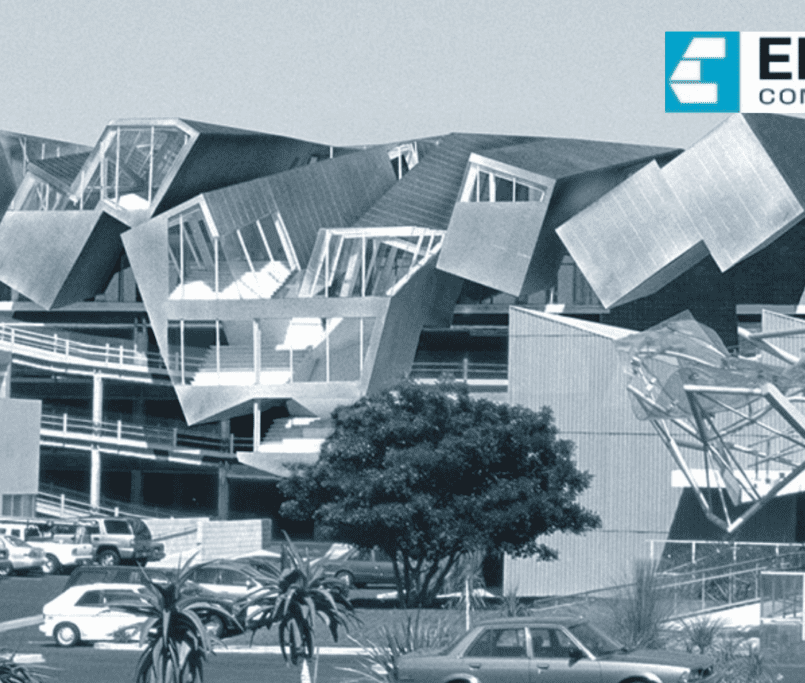Client-Centric Approaches: Building Lasting Relationships in Architectural Engineering
Introduction
In the realm of architectural engineering, fostering enduring relationships with clients stands as the cornerstone of success. Beyond technical prowess, the ability to understand, collaborate, and meet the diverse needs of clients is pivotal. This article delves into the art of adopting client-centric approaches, outlining strategies that enable architectural engineering firms to cultivate lasting partnerships and elevate client satisfaction.
1.Understanding Client Needs: The Foundation of Collaboration
Client-centricity begins with a deep understanding of client aspirations, visions, and challenges. Architectural engineering firms that prioritize client needs engage in active listening, conducting comprehensive needs assessments, and fostering open communication channels. This understanding forms the bedrock upon which collaborative and tailored solutions are built, ensuring alignment with client objectives.
2.Personalized Design Solutions: Tailoring Offerings for Client Success
Empathy-driven design solutions lie at the heart of client-centric approaches. Architectural engineering firms adept at tailoring their offerings to align with client visions go beyond generic solutions. By crafting personalized designs that reflect client preferences, functionality, and cultural nuances, firms create spaces that resonate with clients on a profound level, fostering a sense of ownership and satisfaction.
3.Transparency and Communication: Nurturing Trust and Collaboration
Transparency forms the cornerstone of enduring relationships. Architectural engineering firms that prioritize clear and open communication channels build trust and credibility. Regular updates, transparent project timelines, and proactive communication of challenges and opportunities foster an environment of collaboration, where clients feel involved and valued throughout the project lifecycle.
4.Collaborative Decision-Making: Engaging Clients in the Process
Involving clients in decision-making processes empowers them and fosters a sense of ownership. Architectural engineering firms that invite clients to actively participate in the design and decision-making process facilitate a sense of collaboration. This collaborative approach not only ensures that client expectations are met but also results in innovative solutions shaped by diverse perspectives.
5.Consistency and Reliability: Upholding Commitments and Quality
Consistency in delivering quality work and upholding commitments reinforces client trust. Architectural engineering firms that prioritize consistency in delivering projects on time, within budget, and meeting quality standards earn client confidence. Reliability becomes synonymous with the firm’s brand, enhancing its reputation and fostering long-term relationships.
6.Post-Project Engagement: Sustaining Relationships Beyond Completion
Client-centricity extends beyond project completion. Architectural engineering firms that engage in post-project follow-ups, seeking feedback, and providing continued support solidify relationships. This ongoing engagement not only ensures client satisfaction but also sets the stage for future collaborations and referrals, fostering a network of loyal clients.
Conclusion
Client-centric approaches are the cornerstone of success in the architectural engineering industry. By placing clients at the forefront and prioritizing their needs through personalized solutions, transparent communication, collaborative decision-making, consistency, and post-project engagement, architectural engineering firms forge lasting relationships. These relationships transcend transactions, evolving into partnerships built on trust, collaboration, and shared success, ensuring a prosperous and sustainable future for both clients and firms.






